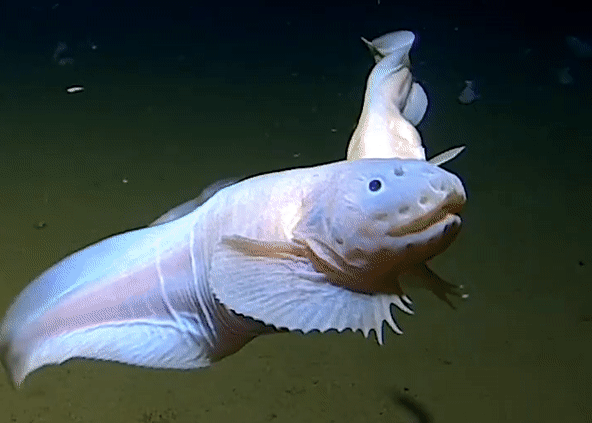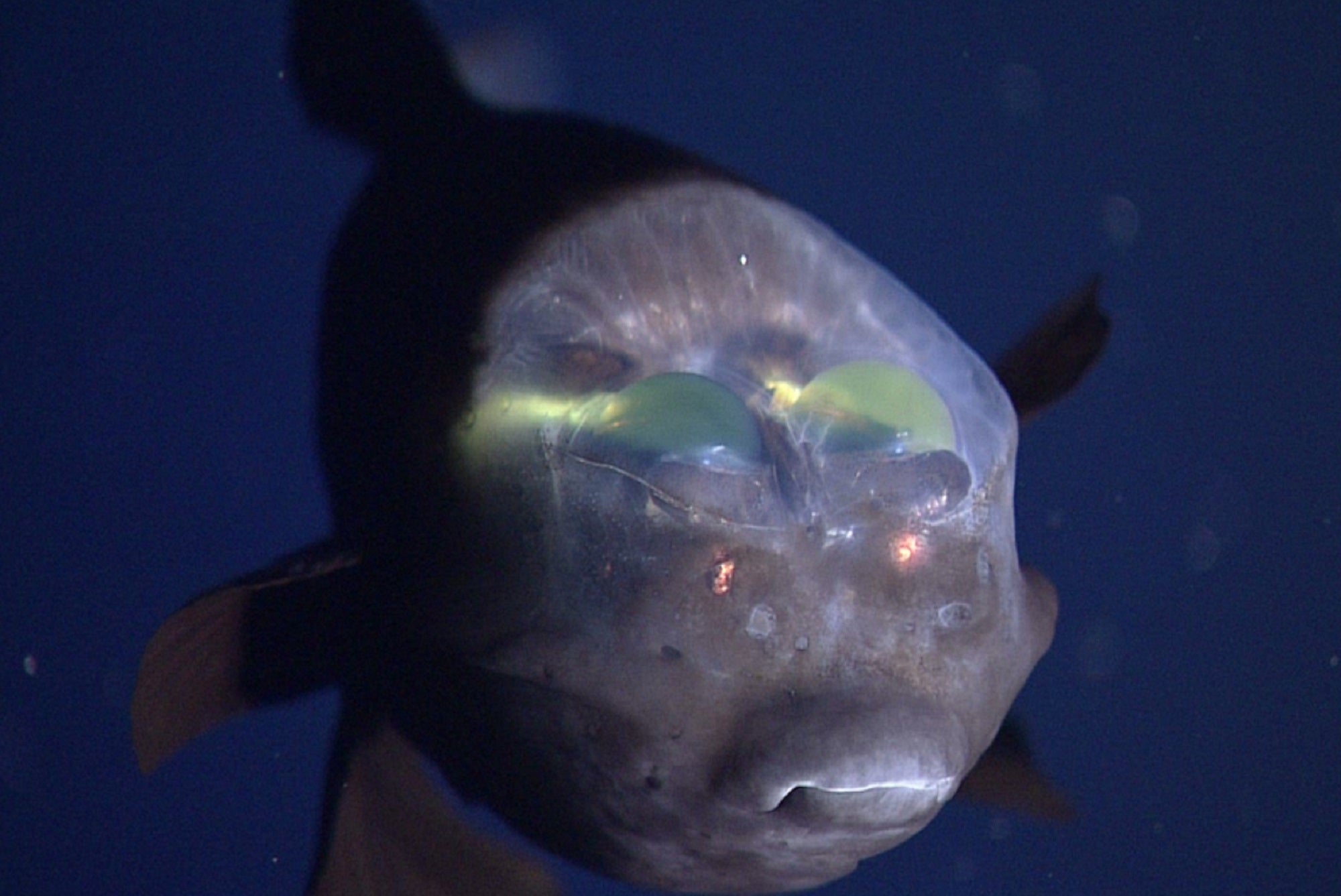VIDEO:

Scientists have recently captured footage of a species of fish living at a depth of 8,336 meters below sea level near Japan. How do these organisms survive at such depths? Specifically, it is an unidentified species of snailfish belonging to the Pseudoliparis genus that was captured by an autonomous camera swimming at a depth of 8,336 meters in the Izu-Ogasawara Trench, southeast of Japan.

The previous record for the deepest living fish was the Mariana snailfish (Pseudoliparis swirei), which was found at a depth of 8,178 meters further south, in the Mariana Trench, located between Japan and Papua New Guinea.

The deepest part of the ocean is called the hadal zone (also known as the abyssal zone), named after the Greek god of the underworld, Hades.

Just the name hadal zone, which ranges from 6 to 11 kilometers, is enough to know that this area is almost forbidden for living organisms, characterized by pitch-black darkness, crushing pressure, and near-freezing temperatures. For a long time, scientists believed that there could not be any life at the bottom of the ocean due to these harsh conditions, but that perception changed significantly in 1977, when a US research team dropped a remote-controlled vehicle to a depth of 2,440 meters in the Pacific Ocean to take images from a hydrothermal vent, where seawater meets magma. They were amazed to see that these deep-sea vents were teeming with life.

Since 1977, marine scientists have discovered up to 600 previously unknown species around these vents, including a scale-footed chiton (Chrysomallon squamiferum), a snail with an “ironclad” shell, and a newly discovered species of crab named ‘The Hoff’ (Kiwa tyleri) after American actor David Hasselhoff due to its hairy chest.

According to Abbie Chapman, a researcher at University College London who has studied the life around hydrothermal vents, the pressure at the bottom of the Mariana Trench is 1,086 bars, equivalent to having 100 elephants standing on your head.

How can these organisms thrive in such harsh environments?

The truth is, marine animals living in the hadal zone have adapted at the cellular level to help them withstand these harsh conditions.
Organisms such as giant amphipod crustaceans and Mariana snailfish have high concentrations of organic molecules called piezolytes (named after the Greek word “piezin” for pressure), which help them maintain their cellular structure and function at extreme depths.



